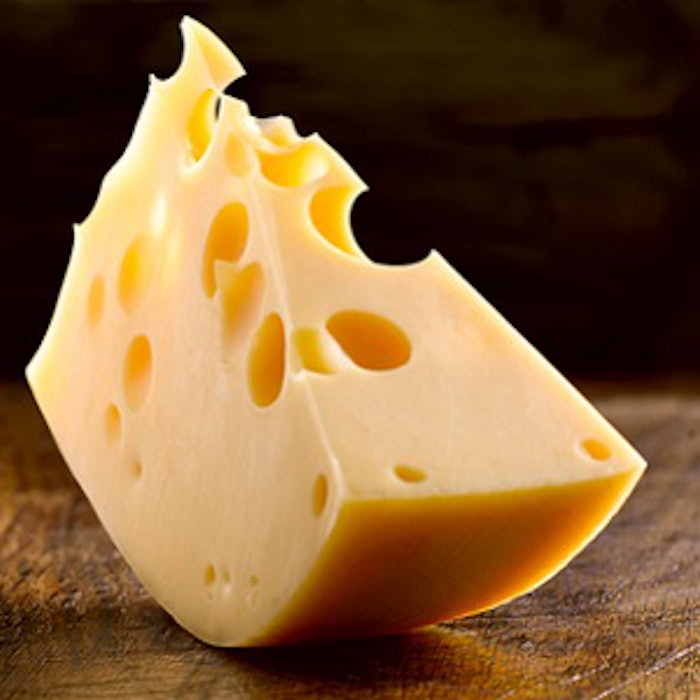
4-Methylnonanoic acid (FEMA# 3574, CAS# 45019- 28-1) (F-1) occurs in heated lamb (mutton) and cheeses such as Pecorino Romano, and it has a fatty, meaty odor. Dating back to ancient Roman times, Pecorino Romano is one of the world’s oldest recorded cheeses. Pecorino is an Italian word meaning from sheep’s milk, and Romano indicates that this cheese is of Roman descent. The majority of Pecorino Romano is made in Lazio, Tuscany or Sardinia between November and June. These three regions have very similar pastures and breeds of sheep, ensuring consistent flavor and qualityb.
4-Methylnonanoic acid is one of the major contributors to the so-called “soo” odor of mutton, which is an unpleasant, fatty-goaty type note. It can be used in cooked lamb and mutton flavors for bakery and snack foods at 10 ppm, meat and dairy products at 5 ppm, and in soups and gravies at 2.5 ppm. Normal use levels in finished consumer product are up to 10 ppmc.
The formation of typical cheese flavors during natural ripening processes is not fully understood, but the majority of reactions last for an extended period of months and comprise oxidative, inter- and intramolecular, enzymatic or microbial reactions. Substrates are partially very reactive milk-based ingredients that are mainly transformed to volatile flavor-intensive compounds like esters, methyl-ketones, aldehydes, lactones, carboxylic acids and sulfur-containing products.










